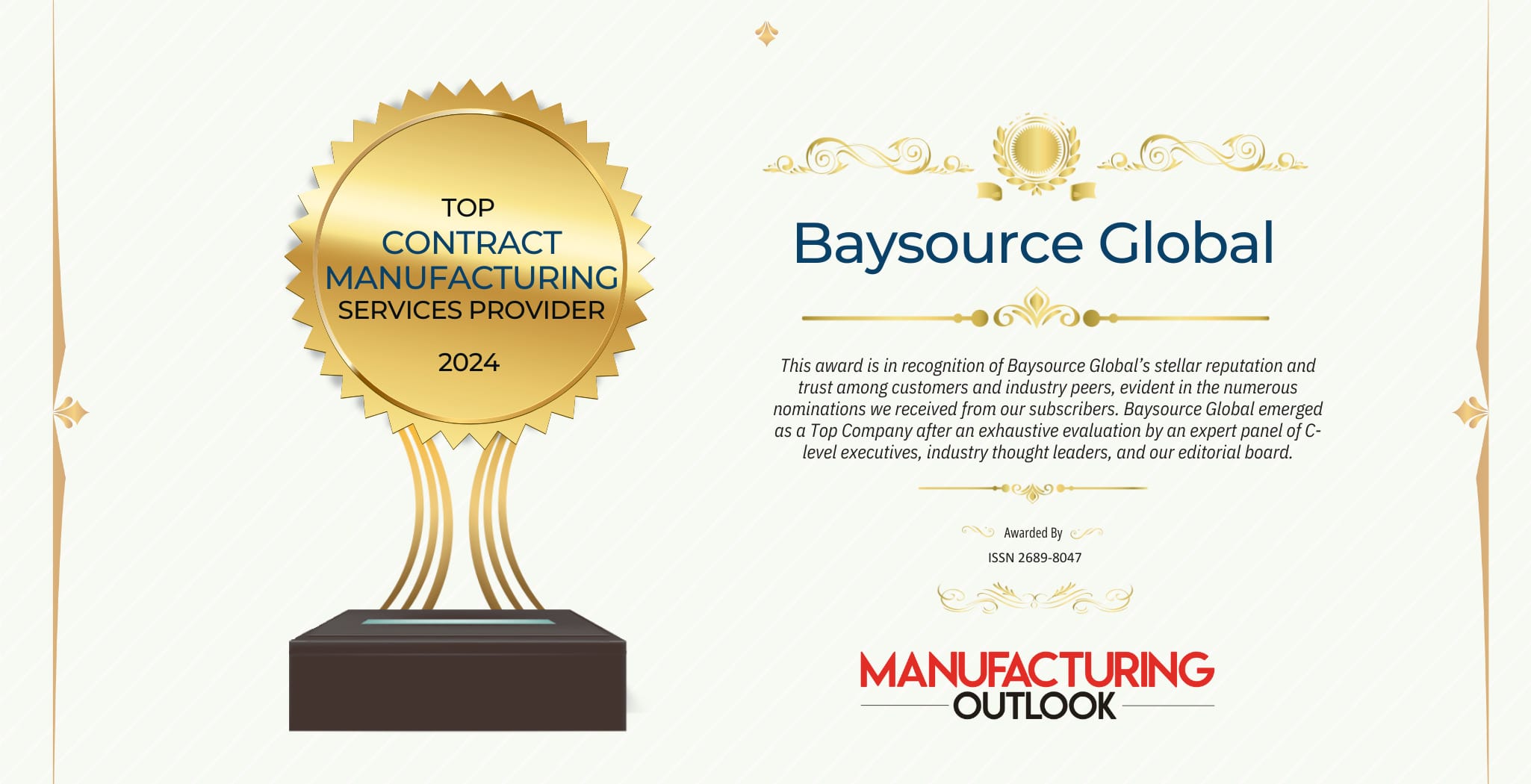china-wine-industry.pdfArticle on China wine consumptionAnd now some fun stuff going on in China
ZEBULON – Nomacorc has staked an early claim to the Chinese wine industry by opening a plant in the mountainous Shandong province to manufacture its synthetic bottle corks.
It’s the first Asian facility for Nomacorc, which has made impressive headway in the U.S. wine business, claiming more than a 30 percent market share of all wine bottled in America and more than 10 percent of all wine bottled in Europe.
Next up is China, says President and CEO Lars von Kantzow. “We believe strongly the Chinese wine market will continue to grow rapidly in the next decade,” he says.
The move into China does not signal a pending export of Nomacorc’s North Carolina manufacturing operations, he says.
Instead, if China’s domestic market grows, Nomacorc likely would add another extrusion production line in Zebulon and continue shipping the plastic wine closures to Asia for printing and finishing at its plant in Yantai. “We have no plans to export (corks) from China,” says von Kantzow.
In 2005, Nomacorc was awarded a $150,000 grant from North Carolina Gov. Mike Easley’s One North Carolina Fund to help pay for a $16.5 million expansion of its Zebulon production plant and the creation of 100 additional jobs. It so far has added 74 positions for a total work force of 250 in Zebulon and more than 400 people worldwide.
While the Chinese wine market is nascent compared to the mature North American and European markets, some industry experts are predicting that China, with its population of 1.3 billion people, will surpass the U.S. as the largest wine-consuming nation in the world in the next few years.
“Historically, China is not a wine drinking country at all, … but now China is deciding wine is healthy,” says Cyril Penn, editor of Wine Business Monthly.
More than 500 wineries in China are selling wine to 83 percent of the domestic market, with imports making up the other 17 percent, according to an August report in Wine Business Monthly.
Nomacorc founder Marc Noël opened a business development office in China in 2005 to begin investigating the market potential in Asia. “There’s no question that economy is growing, and as people become more affluent, their ability to buy quality products of all kinds increases,” Roth says.
Duane Long, chairman of the North Carolina China Center and founder of Raleigh distribution company Longistics, says the serving of grape wine during meals in China has become common during his multiple business trips to the country in the past few years.
“I’ve had excellent grape wine … marketed under the brand Great Wall that compares to our excellent California grapes,” he says.
Nomacorc in 1999 began production of its plastic plugs that consist of a foamed inner core layer and a flexible outer skin. The company since has been growing revenue at a pace exceeding 20 percent a year, Roth says.
In 1999, Nomacorc produced only 10,000 synthetic corks. By 2002, it was selling more than 400 million of the corks, or wine closures. The company opened a second production facility in Belgium in 2003, and by the end of 2007, Nomacorc will have sold almost 2 billion wine bottle closures to wine makers around the world.
Wine brands that use Nomacorc closures include many of the mass-produced Kendall-Jackson labels, and several E.&J. Gallo brands.
Nomacorc is a subsidiary of the Noël Group, which also owns thermoplastic foam company Nomaco, polyethylene pipe and sheet insulation company Nomaco Insulation, elastomeric rubber pipe and sheet insulation firm Nomaco K-Flex, manufactured moldings and home decor company Focal Point, and automotive weather-sealing company Jyco Europe.




Follow Us